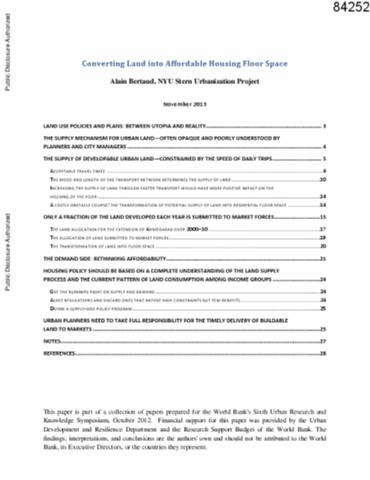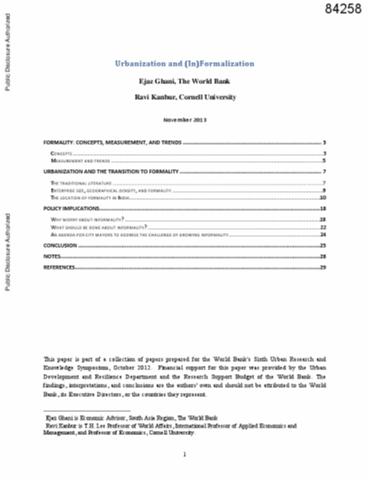Vivre dans les interstices de la firme
La manière dont les entreprises agro-industrielles et industrielles investissent les espaces agricoles des pays en développement attire l’attention sur une nouvelle forme d’espace géographique : l’interstice. Relevant d’un cadre mondialisé pour ce qui est de leurs activités et de leur structure financière, ces entreprises créent néanmoins des espaces locaux verrouillés « exorbitant du territoire ordinaire » et, donc, totalement contraires à l’idée d’ouverture et d’aplatissement. Les populations qui reçoivent ces entreprises doivent vivre dans les interstices de la firme.



